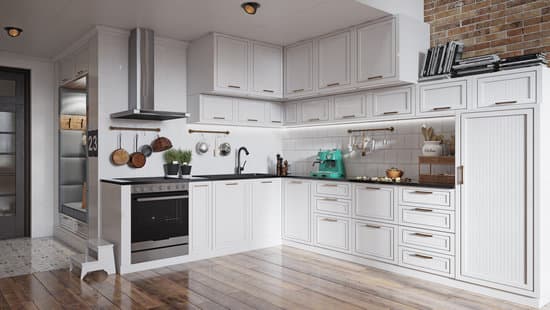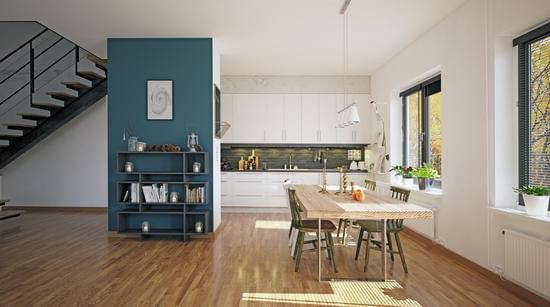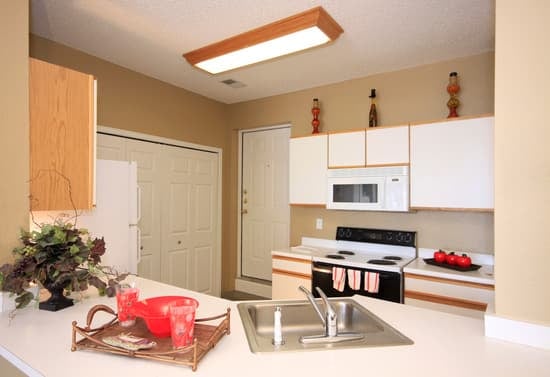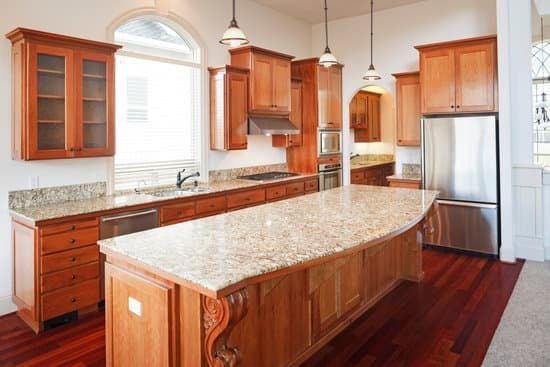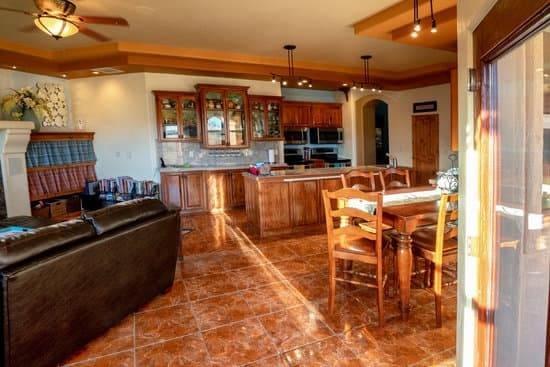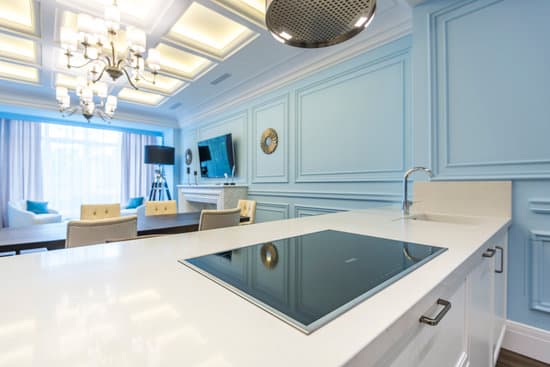Looking to add some rustic charm and extra storage space to your kitchen? In this article, we’ll show you how to make a kitchen island with shiplap. By using shiplap paneling, you can achieve a farmhouse-inspired look that’s both stylish and functional. We’ll guide you through gathering the necessary tools, measuring and planning your design, building the base structure, installing the shiplap paneling, and adding finishing touches. Get ready to transform your kitchen into a cozy retreat!
Gathering the Necessary Tools and Materials
You’ll need to gather the necessary tools and materials for making a kitchen island with shiplap. First, consider choosing the right paint colors that will complement your kitchen decor. Opt for a durable paint finish that can withstand daily wear and tear. Next, ensure proper maintenance for the shiplap paneling by using a high-quality wood sealer or primer before painting. This will protect the wood from moisture and prevent any potential damage over time. Additionally, gather essential tools such as a measuring tape, circular saw, drill, level, and safety goggles to ensure your safety throughout the project. Don’t forget to have gloves on hand to protect your hands from splinters while handling the shiplap panels. With these tools and materials ready, you’ll be well-prepared to create a stunning kitchen island with shiplap paneling in no time!
Measuring and Planning Your Design
First, start by measuring and planning your design for the island. Safety should be a top priority when creating your kitchen island with shiplap. It is important to choose the right paint color that not only complements your overall kitchen aesthetic but also provides durability and easy clean-up. Opt for paint specifically designed for high-traffic areas to ensure it can withstand daily wear and tear. Additionally, selecting the perfect countertop material is crucial for both functionality and style. Consider materials like granite or quartz that are resistant to stains, heat, and scratches. These options will not only provide a beautiful surface for meal preparation but also offer long-lasting durability in a busy kitchen environment.
Building the Base Structure of the Kitchen Island
To start building the base structure of your kitchen island, ensure proper measurements and choose a sturdy material for long-lasting support. Safety should be your top priority during this process. Here are three building techniques to consider:
- Use pocket hole joinery: This technique involves creating angled holes in the wood pieces and using screws to securely fasten them together. It provides strong and durable connections.
- Incorporate dowel joinery: By drilling matching holes into two adjoining pieces of wood and inserting dowels, you can create a solid connection. This method ensures stability while adding an attractive design element.
- Explore alternative materials: If you’re looking for a unique twist, consider using reclaimed wood or metal for your kitchen island’s base structure. These materials can add character to your space while still providing the necessary support.
Remember to follow safety guidelines throughout the construction process and wear appropriate protective gear when working with tools or heavy materials.
Installing the Shiplap Paneling
Once the base structure of your kitchen island is complete, it’s time to install the shiplap paneling. Before you begin, make sure to wear safety goggles and gloves to protect yourself from any potential injuries. Start by measuring and cutting the shiplap panels to fit the sides and back of your island. Use a level to ensure that each panel is straight before nailing them into place. If you want to add some color or protection to your shiplap paneling, consider painting it with a waterproof paint that matches your kitchen decor. Alternatively, you can explore using alternative materials for paneling such as beadboard or reclaimed wood for a unique touch. Remember to take breaks when needed and work at a pace that feels comfortable for you while ensuring safety throughout the process.
Adding Finishing Touches and Styling Your Kitchen Island
To complete the look of your kitchen island, consider adding some finishing touches and styling elements that reflect your personal taste and complement your overall kitchen decor. One important aspect to consider is choosing the right countertop for your kitchen island. Opt for a material that not only looks great but is also durable and easy to clean. Granite, quartz, or butcher block are popular choices that offer both style and functionality.
Incorporating functional storage solutions into your kitchen island design is another key consideration. Install cabinets or drawers with organizers to maximize storage space for utensils, pots, pans, and other essentials. This will help keep your kitchen organized and clutter-free.
Remember to prioritize safety when adding finishing touches. Ensure any electrical outlets are properly installed by a professional electrician, especially if you plan on incorporating appliances into your island design.
By carefully selecting the right countertop material and incorporating functional storage solutions, you can create a stylish yet practical kitchen island that enhances both the aesthetics and functionality of your space.
Conclusion
Now that you have completed building your kitchen island with shiplap, it’s time to step back and admire your hard work. The combination of the rustic shiplap paneling and the stylish design adds a beautiful focal point to your kitchen. Don’t forget to add some finishing touches like hardware and accessories to complete the look. Whether you use it for extra storage or as a gathering spot for friends and family, your new kitchen island is sure to be a functional and stunning addition to your home. Enjoy!

